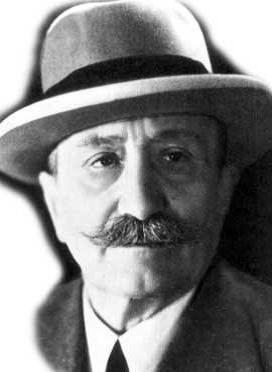Name Nazareno Strampelli | ||
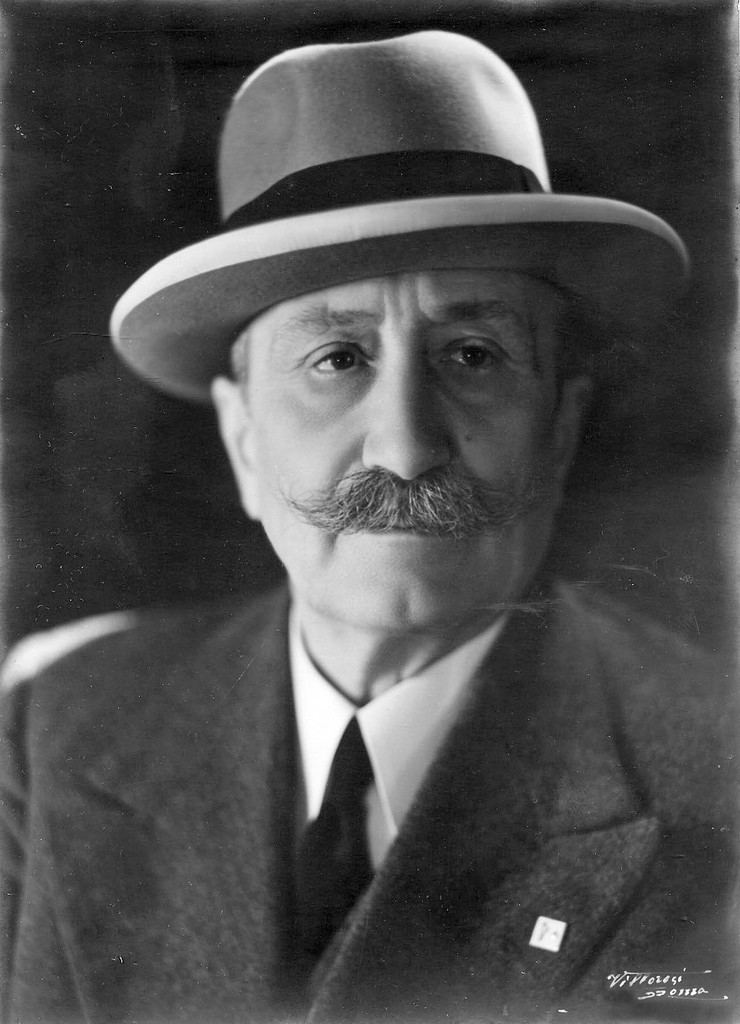 | ||
Died January 23, 1942, Rome, Italy Education | ||
Nazareno strampelli
Nazareno Strampelli (May 29, 1866, Crispiero, Castelraimondo – January 23, 1942, Rome) was an Italian agronomist and plant breeder. He was the forerunner of the so-called green revolution. N. Strampelli’s work allowed Italy to become almost self-sufficient in bread wheat production, going from an average yield of 1.0 t/ha at the beginning of the 19th century to about 1.5 t/ha in the 1930s.
Contents
- Nazareno strampelli
- Nazareno strampelli dove cresceva una spiga di grano ne fece crescere due
- Early years
- Career
- Final years
- References
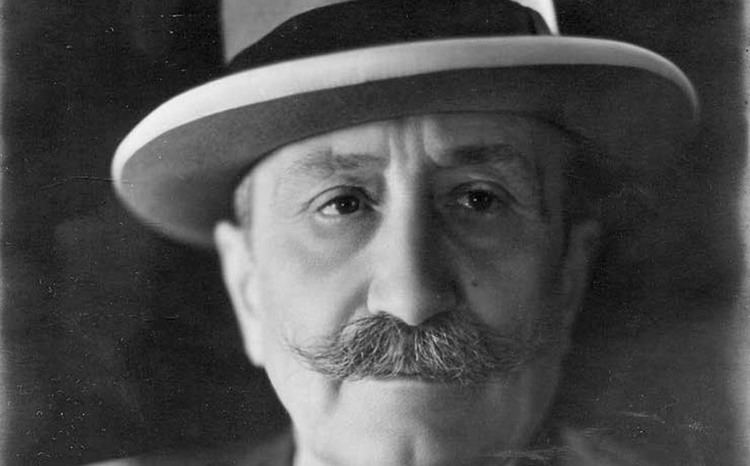
Nazareno strampelli dove cresceva una spiga di grano ne fece crescere due
Early years
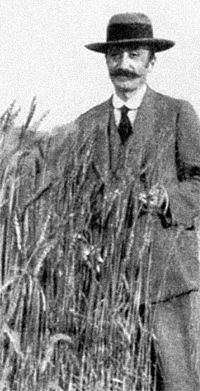
After graduating in agriculture at the University of Pisa, he taught for a few years at the University of Camerino and in Reggio Calabria.
Career

In 1900, while in Camerino, he started his research on the hybridization of wheat, although he was unaware of the concurrent work of Gregor Mendel. In 1903 he was chair of agriculture in Rieti, while there he continued to cross wheat varieties and within a few years developed new high-performing hybrid combinations. From 1907 he was in charge of the "Wheat experimental station".

His wheat breeding programs achieved the shortening of the growing phase and increasing of the disease tolerance through the reduction of the stem size. Strampelli's best performing varieties were named Gregorio Mendel, Luigia, Varrone, followed by small sized and high baking varieties such as Villagloria, Ardito (the result of crossing local wheat with Japanese Akagomugi), Mentana, Edda, Balilla and Fanfulla. In order to disseminate the results of his studies, he established a farmers' association in Rieti.
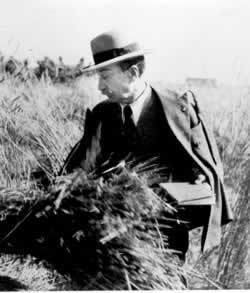
In 1919 a national cereal crop breeding institute was established in Rome, and Strampelli was appointed as director. Starting in 1925 he was in charge of a major national program, La battaglia del grano, supporting the increase of wheat production and yield, aimed at ensuring Italian food security and self-sufficiency. In 1929 he was nominated Senator of the Kingdom for his scientific achievements.
Final years
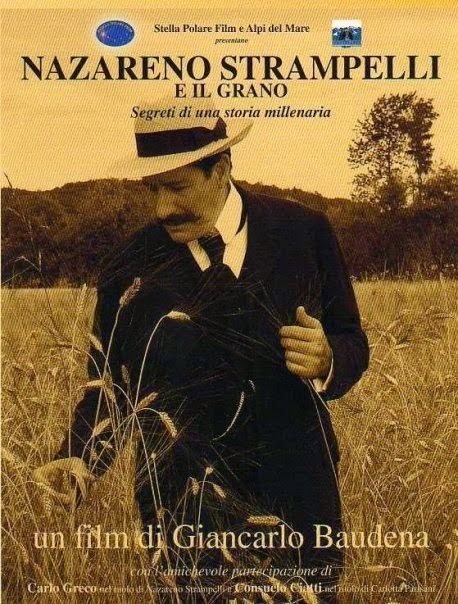
In his final years, he created three new high-yielding and small sized varieties of wheat: S. Pastore, Velino and Turano. The Mentana variety was exported and cropped in Sonora, Mexico, and became the source of a new generation of high-yielding, small size wheat varieties. The Istituto Sperimentale di Genetica "Nazareno Strampelli" in Lonigo, Vicenza, is named after him.
